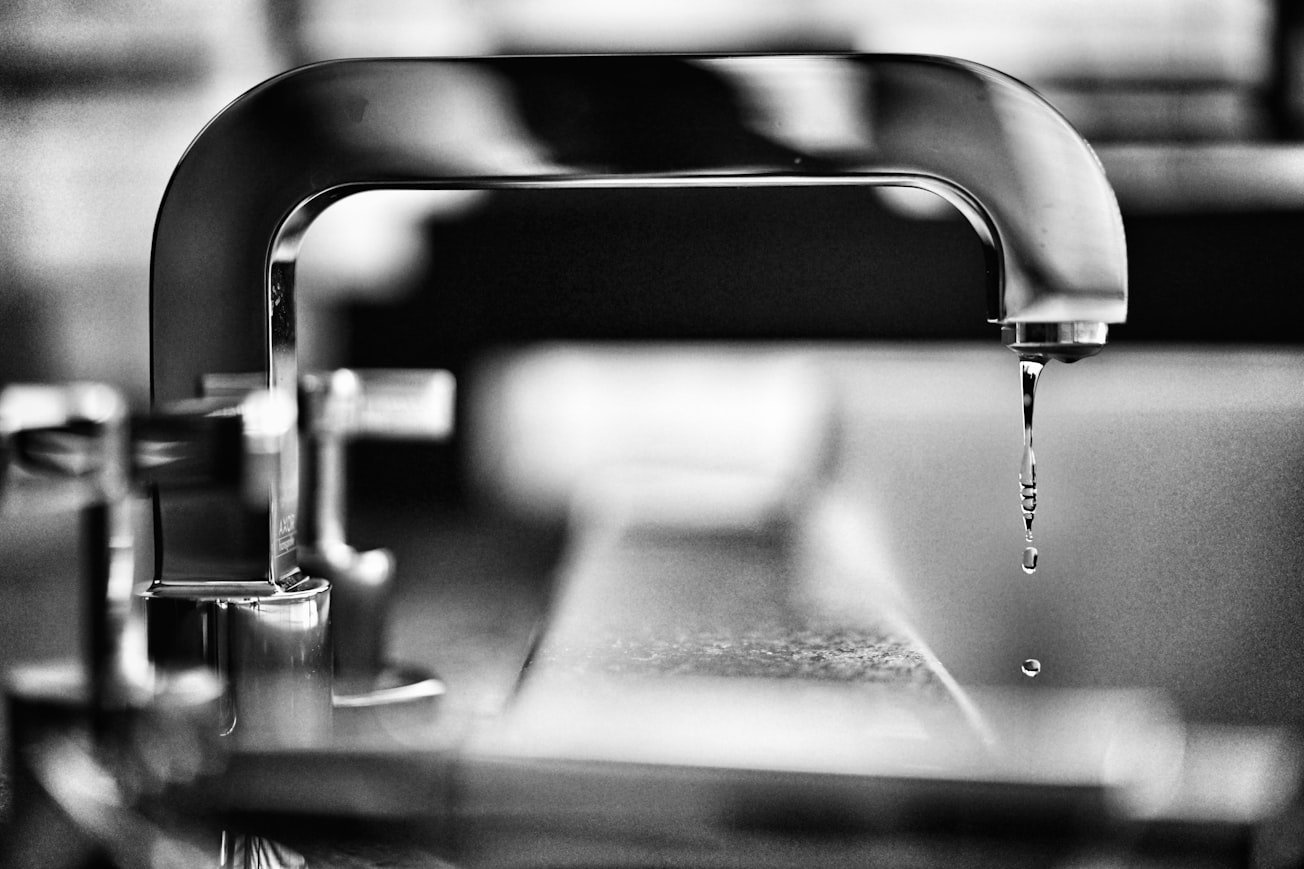What is it about?
Hospitals waters are preferable sites for harmful bacteria to grow. Hospitalized patients can be exposed to these bacteria while bathing or during contact with medical equipment rinsed with such waters which puts them and healthcare workers at high risk of acquiring infections. Therefore, we analysed the different types of bacteria that are found in tap waters from selected hospitals in Malaysia.
Featured Image

Photo by pan xiaozhen on Unsplash
Why is it important?
Monitoring tap waters in healthcare facilities is limited by traditional and slow laboratory methods that usually fail to identify some harmful bacteria. Our study is important because we used cutting edge molecular techniques to accurately identify such bacteria from different hospital locations. This has led us to recommend the use of special water filtration to prevent the spread of infection in hospitals.
Perspectives
Writing this article was a great pleasure as I worked directly with my medical students during their elective research project. My students have learned a lot, from obtaining hospital approvals to collecting water samples and performing laboratory tests. This article also lead to a greater involvement in research.
Saad Alasil, PhD, MS, MPH
University at Buffalo - The State University of New York
Read the Original
This page is a summary of: Analysis of hospital tap waters using analytical profile index and metagenomic pyrosequencing reveals a potential pathobiome, International Journal of Infectious Diseases, December 2020, Elsevier,
DOI: 10.1016/j.ijid.2020.09.828.
You can read the full text:
Resources
Contributors
The following have contributed to this page







